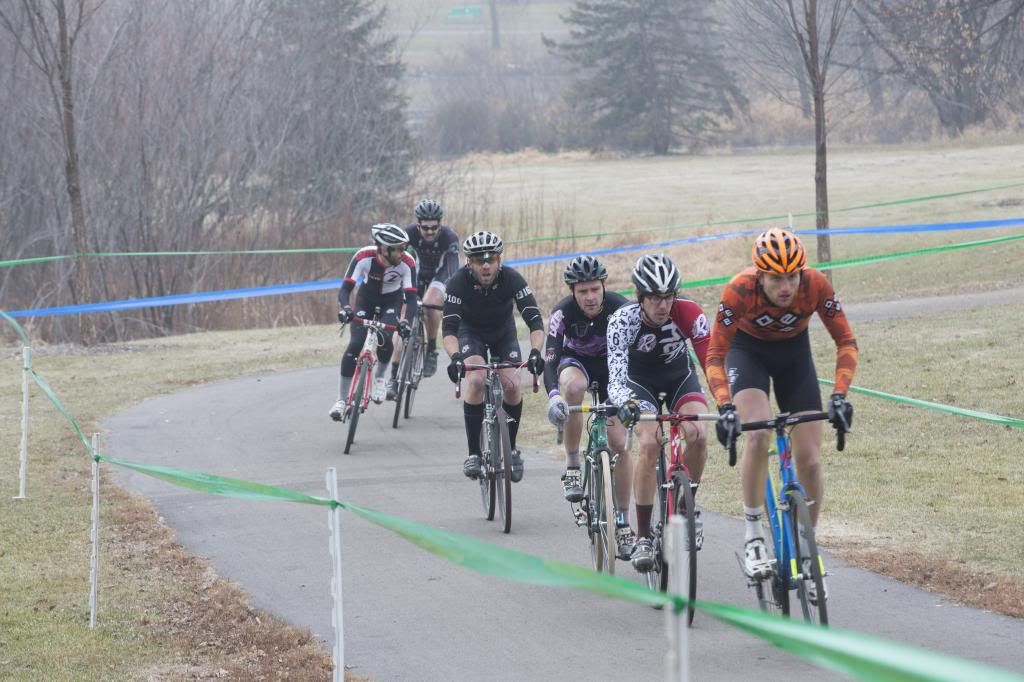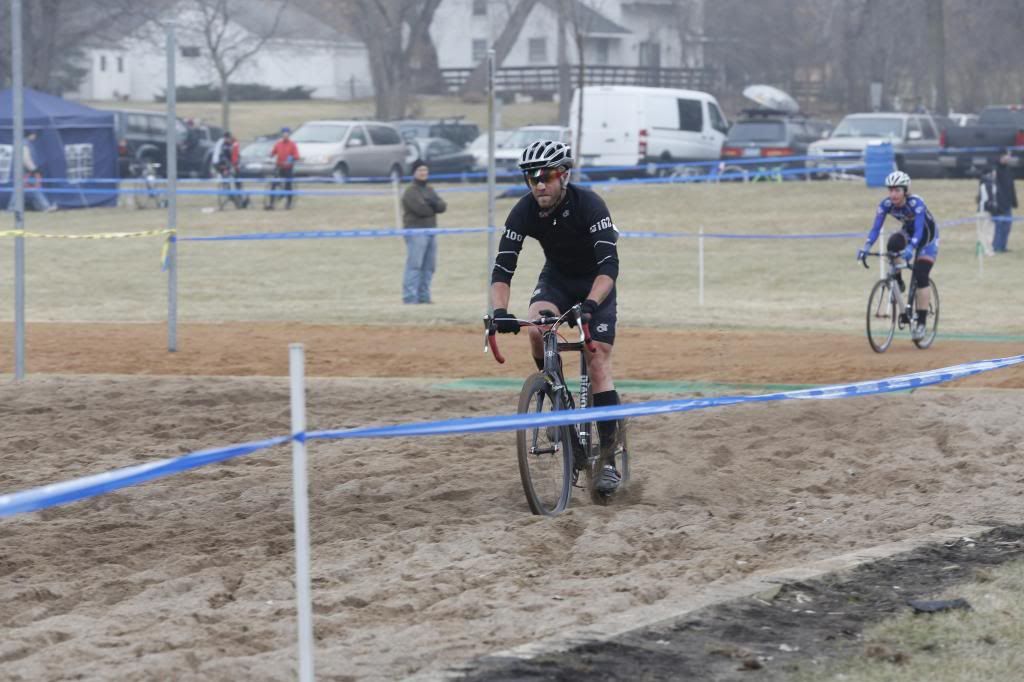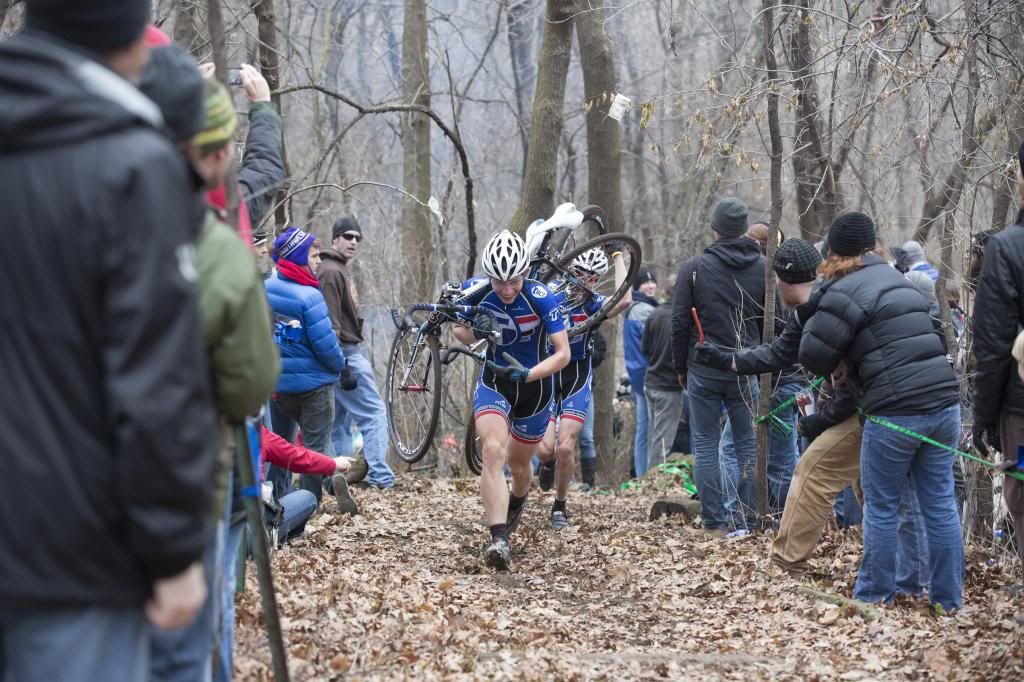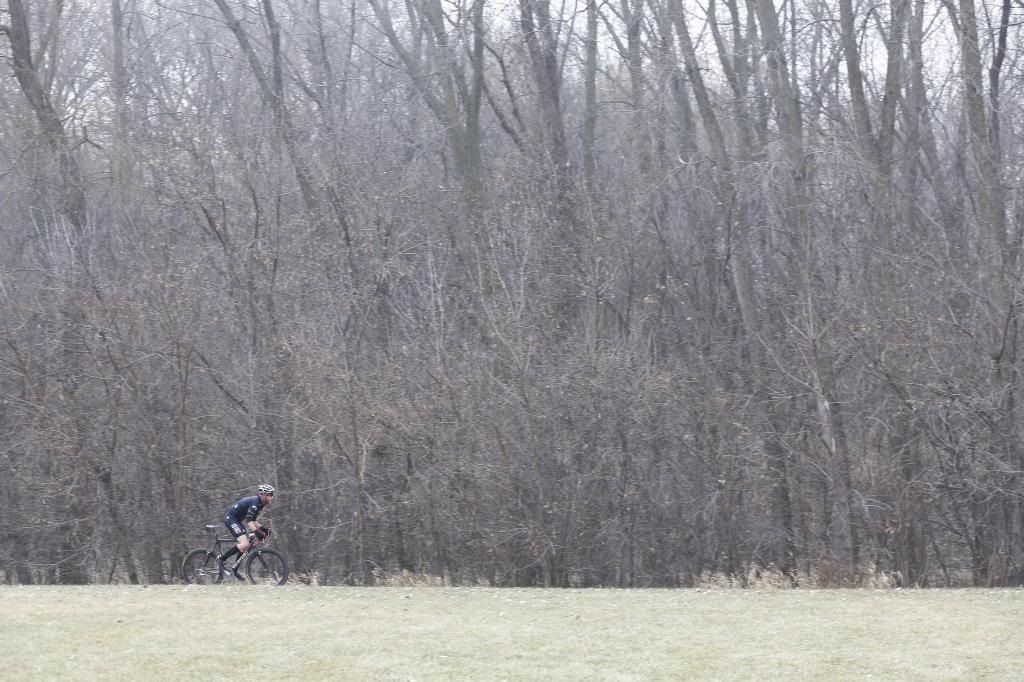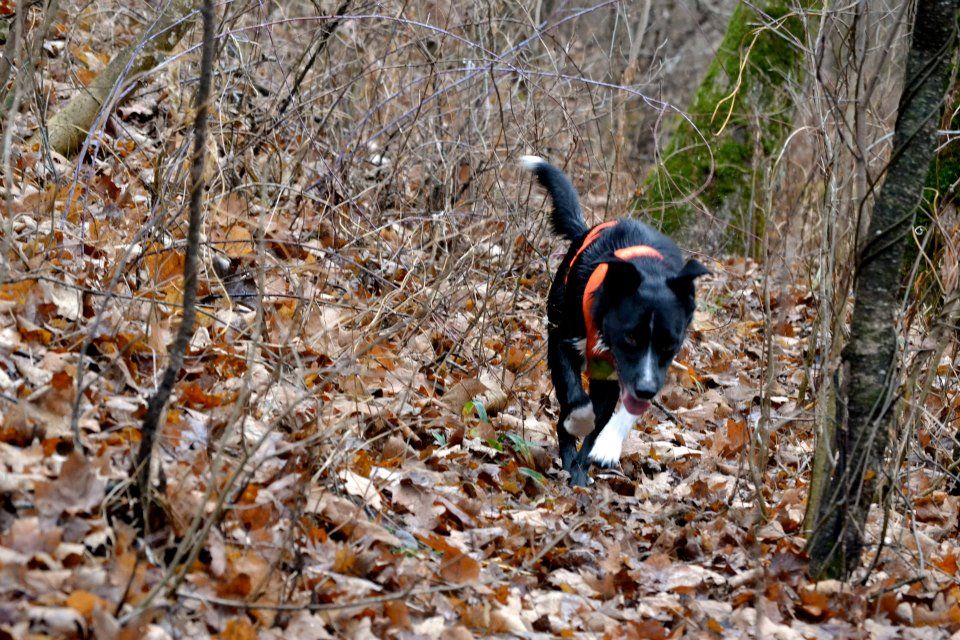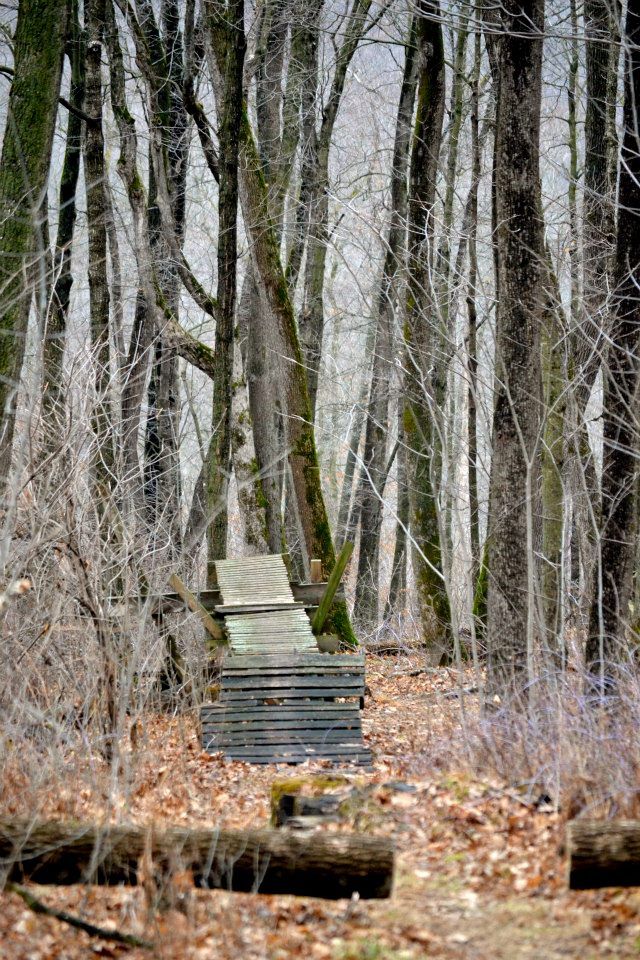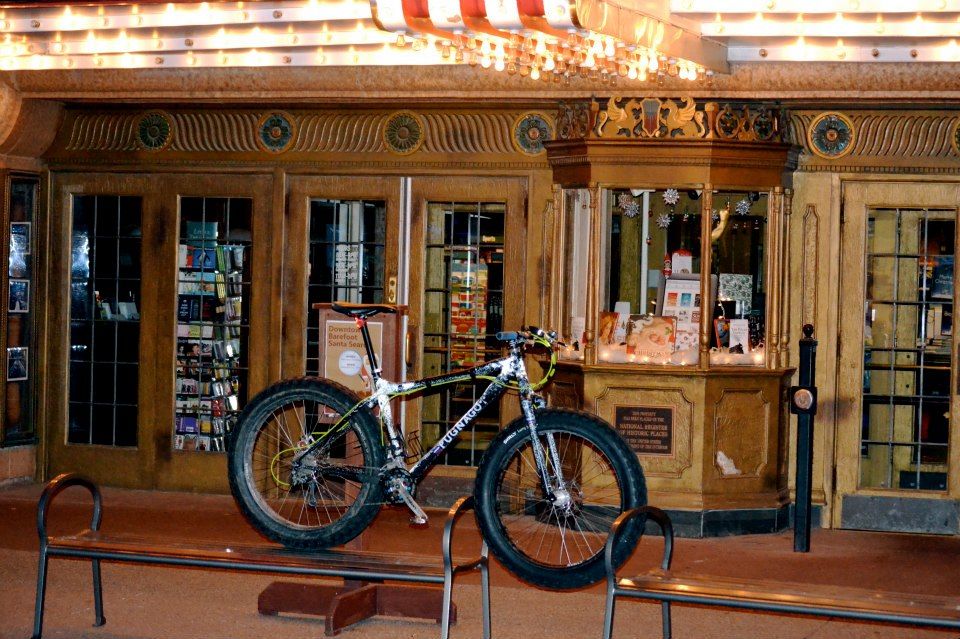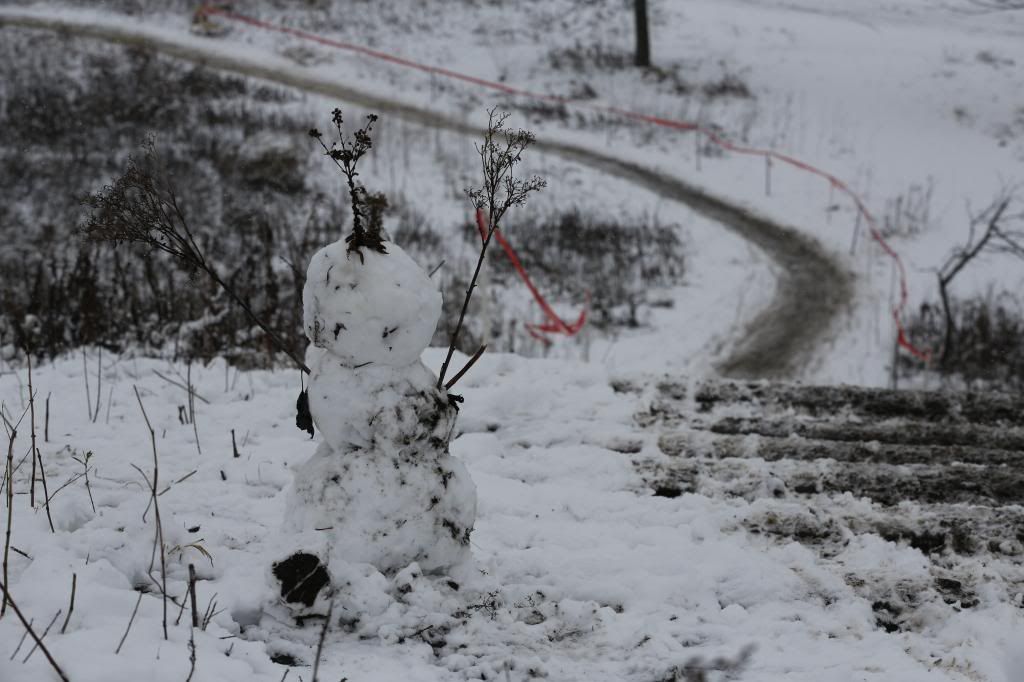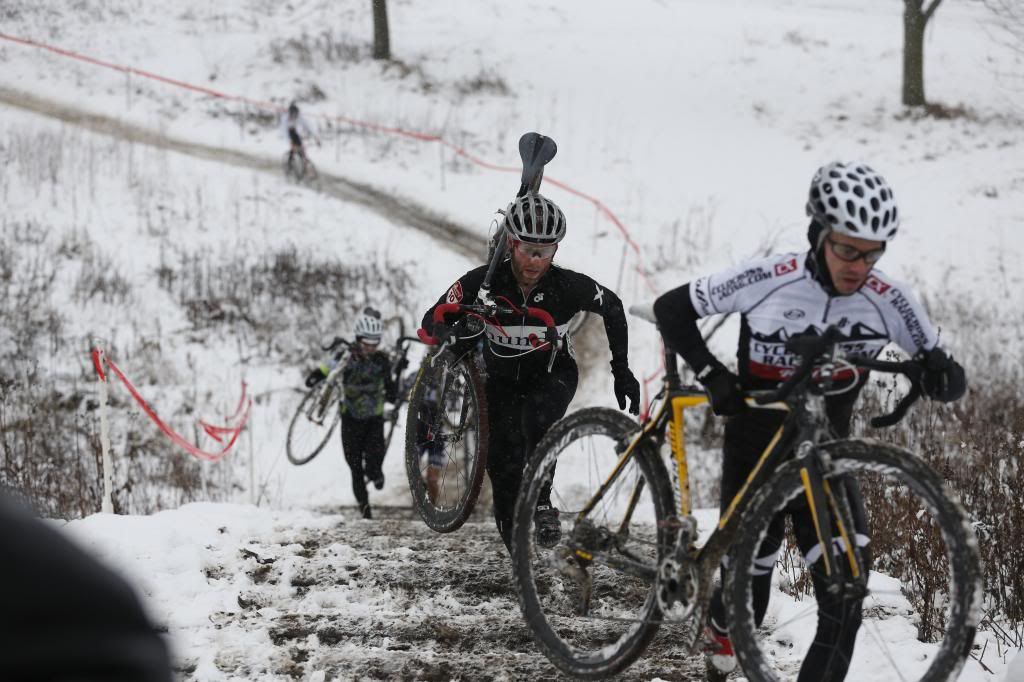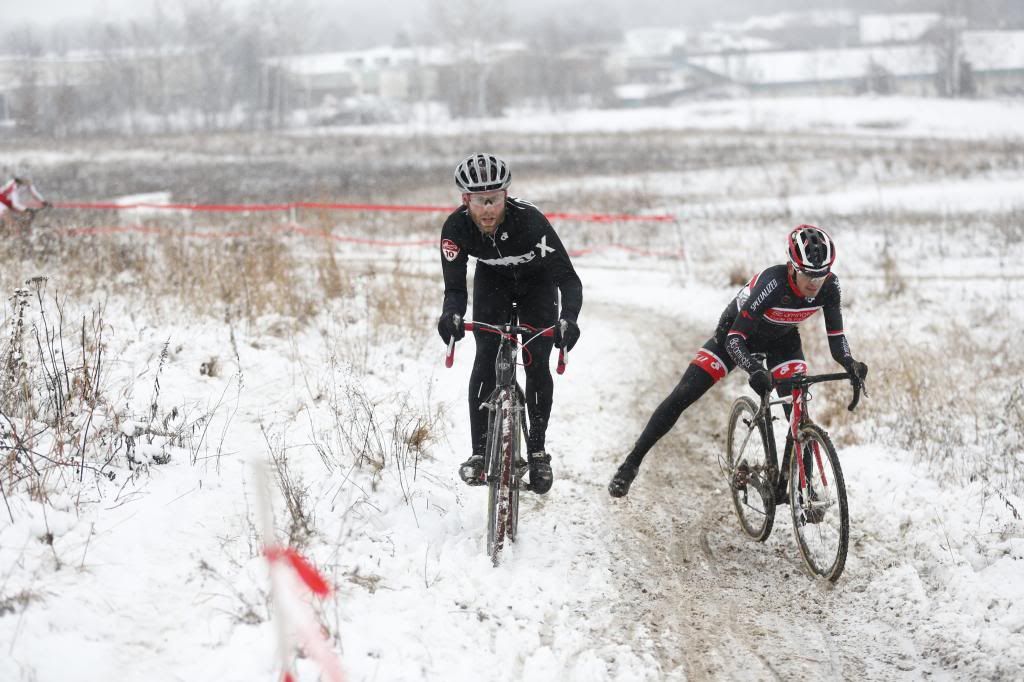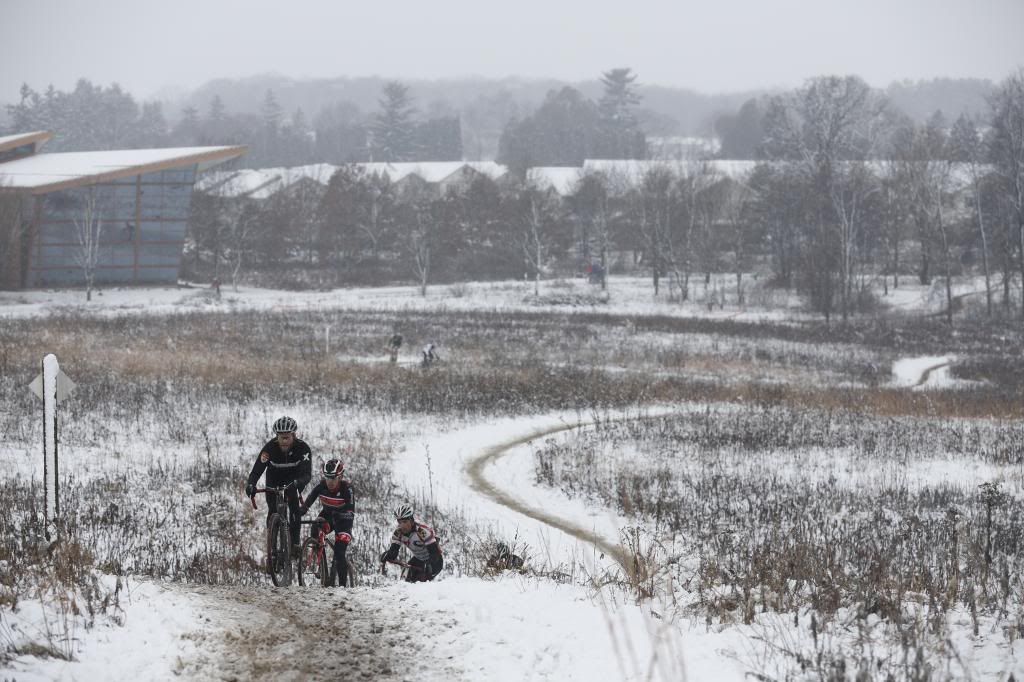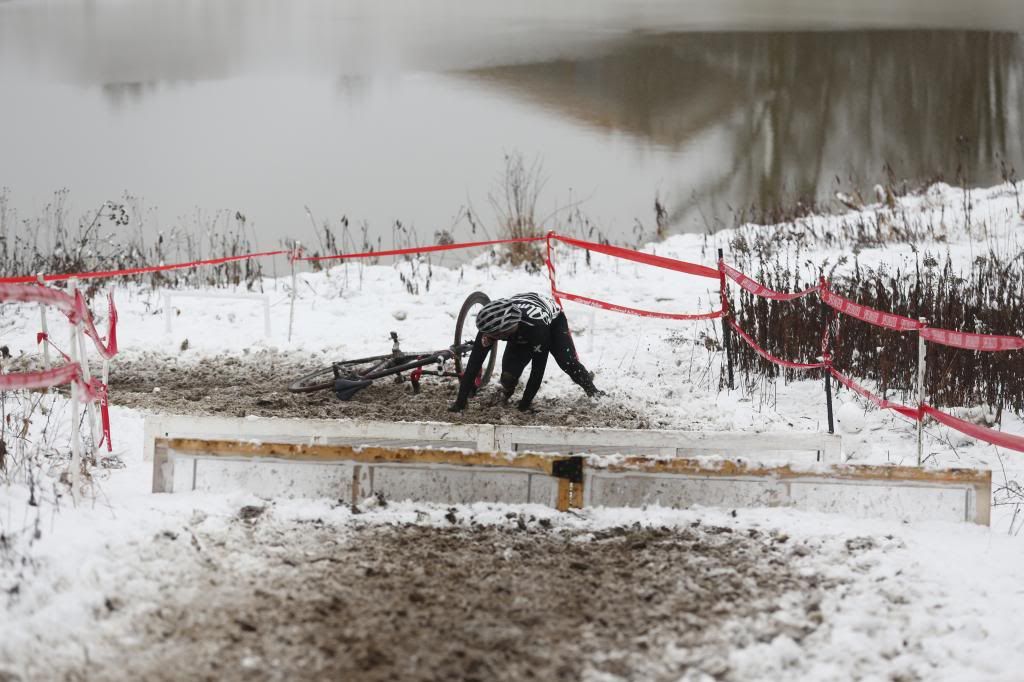Been hearing a lot about the potential importance of special insoles in keeping your feet warm while winter cycling. I was able to round up the likeliest suspects for warmth and do some testing:
polar wrap's toasty feet aerogel insoles
Lake winter boot insoles
QBP's Jaztronaut
then as controls some 'regular' insoles I had at home
the Nike's out of my favorite doper's signature shoes
sidi dominator insoles
Each of the above has a different "take" on being an insole. With an extreme range of thicknesses and support provided as well.
This is the Polar wrap "toasty feet". It is very thin and flexible by itself. Would provide no support, but would likely fit inside your winter shoes in addition to whatever more supportive insoles you would choose. It was a trim to fit and has already been trimmed for my size 43.5 feet. It is heavier than expected with how thin it is- could this mean warmth?

This is what comes inside the lake winter boots. It is quite light compared to the aerogel options. It is also just a "slab" type insole though that relies on the shoe itself or another insole to give you support. It has an interesting sandwich type construction obviously designed to got a lot of air between your foot and the outside world (which is similar to the claims of the aerogel). It is not quite as thick as the "7mm thin" (as proclaimed on the box) jaztronauts, but it is quite thick. They would be hard to add to your existing shoes without replacing the stock insoles completely and likely without making them a bit tight for wearing thick winter socks.

The jaztronaut. Also a cut to fit insole. These are very thick and quite stiff. Would be hard to add to most shoes without having ordered a larger shoe purposefully. Have no built-in support and yet are too thick/stiff to work with an existing insole to provide any. Have high expectations for their insulative properties based on their thickness and price.
Lance Nikes. I put these in the test primarily because they are out of the road shoes that I personally wear when road riding is still doable but the temperature is cold... think down to about 20 degrees F with toe covers and smartwool socks.
Not much to say here- these serve as a control. Just a basic cycling insole.
Now to set up appropriate testing conditions...
Weird buying blocks of ice on "snowmageddon eve"
Testing phase...
The feature of the insole that we are trying to test is how much cold they transmit through them to the riders foot in the dynamic environment that is your shoe as you ride. One of the major claims of aerogel is that it retains it's insulative properties even under relatively high PSI.
My first thought was to use a block of ice with an insole on it and something metal, a wrench maybe?, on top. The steel wrenches would have a high heat transfer and would hopefully serve as an adequate measure of how cold your foot would get. However, I quickly found that they were too reflective for my thermometer gun to accurately measure them. Decided to try ceramic bowls. Placed two room temp. bowls on the ice and one on the countertop to serve as control. Was hoping the bowls on the ice would transfer heat/cool rapidly enough that they could be used to measure the insole performance.
After 30 minutes the bowls on ice were both right around 38.5 degrees
The control bowl was at 66.5
I decided to go on using the bowls. The next test would be if the bowls would cool enough when placed on top of an insole such that comparisons could be made. If the control insole only cooled it's bowl a couple of degrees then there wouldn't be enough variability in the results to really draw any conclusions. I decided to keep track of this while running the rest of the experiment concurrently.
But first:
a quick Dickie Dog bath
And then here is the rest of how I set things up:
Basically, weight them evenly, set a timer for 30 minutes...
Results:
Polar Wrap Toasty feet after 30 minutes
Lake Winter insoles after 30 minutes
Jaztronaut after 30 minutes
Lance Nike after 30 minutes
Sidi insole after 30 minutes (control)
First off, not exactly the results I was expecting! However, the range in values was enough for me to call it a successful experiment. The method would work and the results were appropriate enough that it would be possible to differentiate between the different insoles and draw some conclusions. I ran all of the insoles two more times such that they had each been run in each position and starting with room temperature (66 degree) bowls and insoles on each run. I won't post all the pictures but I found the results were repeatable and precise in that all 3 runs for each insole were within +/- 0.5 degrees.
Next I thought a bit about how the insoles were likely to be used and ran two more options:
I had noticed the sidi soaked up a lot of moisture from the ice previously and hoped this aluminum backed waterproof tape might help that as well as provide some added insulation.
The "cheap" aerogels had done poorly initially, but they are very thin (maybe 1.5-2mm "thin" at most) and it followed in my mind that the above was the most appropriate way to run them. By adding them to your existing, supportive insoles you actually wind up with the least added material in your shoe and you don't sacrifice comfort or performance.
modifying the sidi insole didn't accomplish much
the combo of the cheap aerogel insole and the doper insole was as successful as any other in this test and still thinner/easier to fit than either of the winter boot type insoles.
My conclusions:
The lake boots or the wolvhammers each come with insoles that work but neither is a very good option to add to some other shoe, at all.
The aerogel technology isn't a big deal in this application. Neither of the aerogel insoles were surprisingly "NASA technology" style warm.
Buying the jaztronauts for $50 or $55 is a terrible idea- but they certainly work and if you sprung for wolvhammers be happy with them.
Buying the cheap aerogels and expecting miracles is silly, but they do provide something. They are best for adding to your existing shoe to provide extra warmth. This would be great for your road shoes or if you work in a warehouse with a cold floor and want to use the same boots you wear all summer too.
Right after completing this test I went for a
ride with my regular old
winter shoes as shown here
and my feet got way too hot.
I wonder how these would perform




































